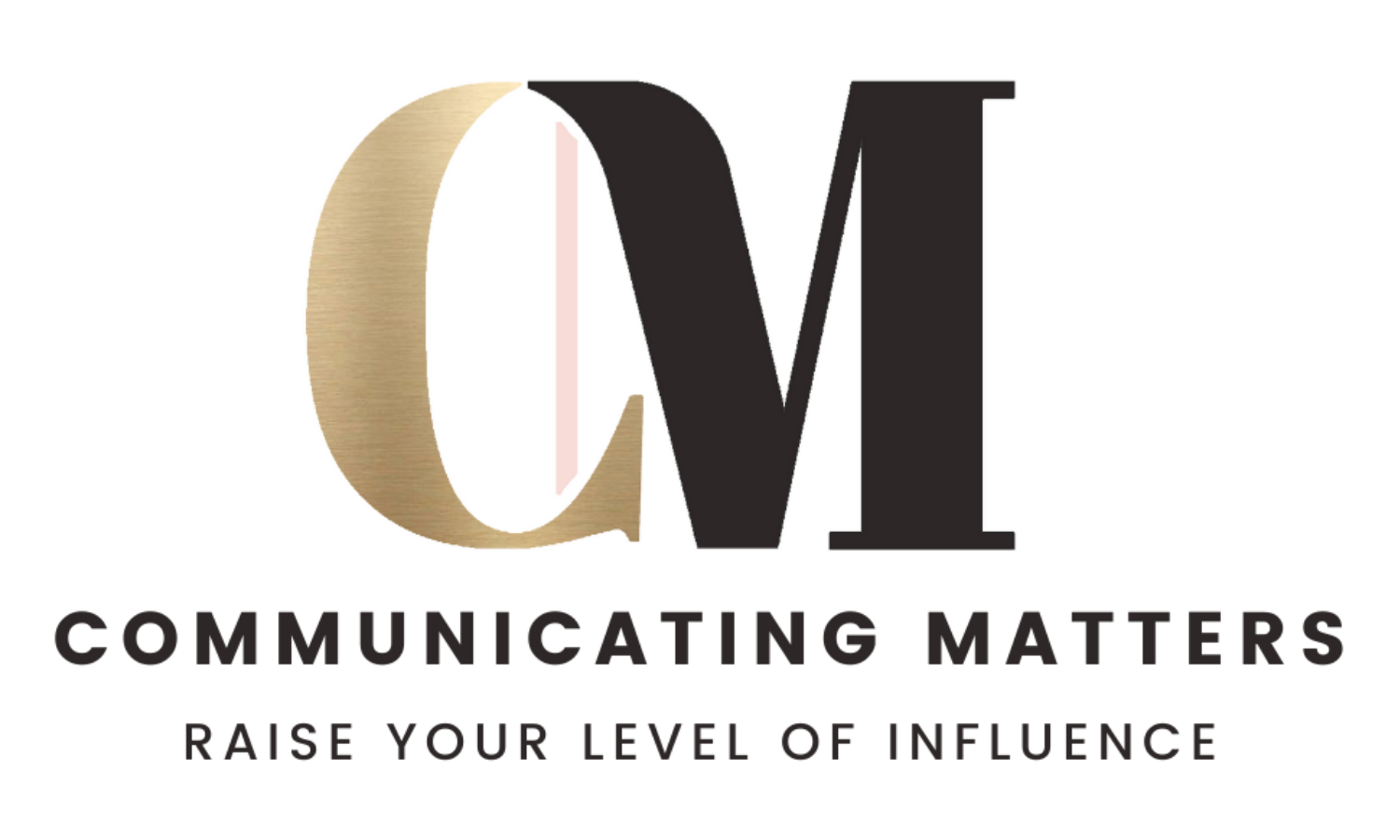You have most likely heard of, and even practiced the elevator pitch, named for the amount of time it takes to complete a ride while you introduce yourself and highlight your accomplishments.

I have heard people fumble with this introduction, and I’ve heard some stellar ones. Those who do it well, have carefully selected descriptions about themselves they know would be of interest for a specific kind of person or context. They have likely practiced rehearsing it out loud several times, so they sound confident yet conversational.
Say Something Memorable
Practice is key to being perceived as confident, but memorable content will help you continue the conversation. You need to offer something about yourself that grabs their attention, keeps them engaged, and creates a memory. A well-told story will help you achieve all three.
People Remember Stories
People are more likely to remember something about you if you tell a story. Storytelling expert, Dr. Meg Adams, explains that storytelling helps your audience get to know you at a deeper level and that can lead to deeper levels of trust.
When developing your story, add information that will help your audience get to know you and set you apart. A framework I recommend you use is the know, like and trust factors.
Using the know, like, and trust factors will increase the probability that people will remember you because your focus is on them. You are trying to make a connection with them by discussing things about yourself that will interest them. This is considered empathy because you take the focus off you to consider what someone else needs.
The Know Factor

Tell them something about you to help them get to know you. This knowledge about you is something that makes you unique. You can select from a plethora of ideas but consider what might interest the person listening. Where might your interests overlap? If you have the time to research information about the people you might be meeting, you can discover a few things. For example, if they posted photos on social media about completing a marathon and you just added a race to your calendar, you might reference the upcoming race by saying something like:
“I have heard you finished your third marathon. Congratulations! My friends are always signing up for those. I go to the races to cheer them on from the beginning to the end. They dared me to join them for the next one, so I surprised them when I agreed to start training. You know, I am really enjoying the training. I get up early, can think through things for the day or plan a project, and I am enjoying a number of health benefits too.”
You revealed small things about yourself in this story. You have just told them that you have friends, your friends do adventurous things and want to include you in them. You have told them that you are disciplined enough to establish a running routine, develop a training plan for your race, and appreciate the health benefits of regular exercise. Even though you have not stated anything about your work life, you are giving them insight into your work habits. (This will also increase the trust factor.)
The Like Factor

Share something about yourself that would cultivate positive feelings. Perhaps you both like the same sports team, or you both have a pet, or ride the same bike trails. We’re drawn to people with whom we have something in common.
Recently, when I was introducing myself to a new client, I mentioned the fact that I take my Labradoodle, Nelson, for walks on the Puffer-Belly Trail in Fort Wayne. I referenced a well-known area I thought he would recognize and let him know I have a dog. People who have pets like people who have pets (and who doesn’t love labradoodles?!). He smiled and nodded when I mentioned the Puffer-Belly Trail, but his eyes lit up when I mentioned my dog. He spared no time to gush about his golden-doodle and even offered me advice about another trail I should explore. His reaction confirmed I had achieved the like factor. In fact, I didn’t even have to invite him into the conversation, he jumped in.
The Trust factor
When a plumber comes to your home, you want to trust they can fix your plumbing and will conduct themselves in a professional manner. To earn your trust, they will likely have returned phone calls promptly, respected your space by parking on the street instead of your driveway, and covered their shoes when they entered your house. Because of these consistent, professional acts, you believe you can trust them to be professional but may not be certain they will fix your plumbing problems. To confirm they know what they are doing, you may accept a friend’s recommendation. If you need more proof, you will look for reviews about their work on Angie’s List and search for their credentials.
How Do You Earn Trust?

Every context is different. The plumber has done several things to gain trust: returned a phone call promptly, considered your needs when parking their vehicle and entering your home.
Most of us gain trust in work introductions by sharing our title, (VP, Dr., Director) mentioning our credentials (“I’ve been with the company since the beginning” or “After completing my undergraduate degree in Finance, I gained my Series 7 License”) or by sharing a story about how we a helped client (“My best day at this job was when I was able to help a client move from being deathly afraid of speaking, to presenting with confidence to a group of 150 people who gave her a standing ovation.) It is also powerful when you remember and use the name of the person standing in front of you. This not only helps build trust but ticks the “like factor” box too.
Applying the know, like, and trust factor strategy to engage your audience is often used by marketing experts to build relationships with clients. Although you are not selling a product, when you are making introductions, you are trying to make a memorable and positive impression.
To make a lasting first impression, introduce yourself with a story that contains the know, like, and trust factors. Practice it often and share it widely.
Which do you think is most important for sustaining a long-term relationship: the know, like, or trust factor?
If you are ready to put more empathy-driven strategies like this to use in your personal and professional development, contact me at https://communicating-matters.com today to get started.
Sign up for blog updates!
Join my email list to receive updates and information
